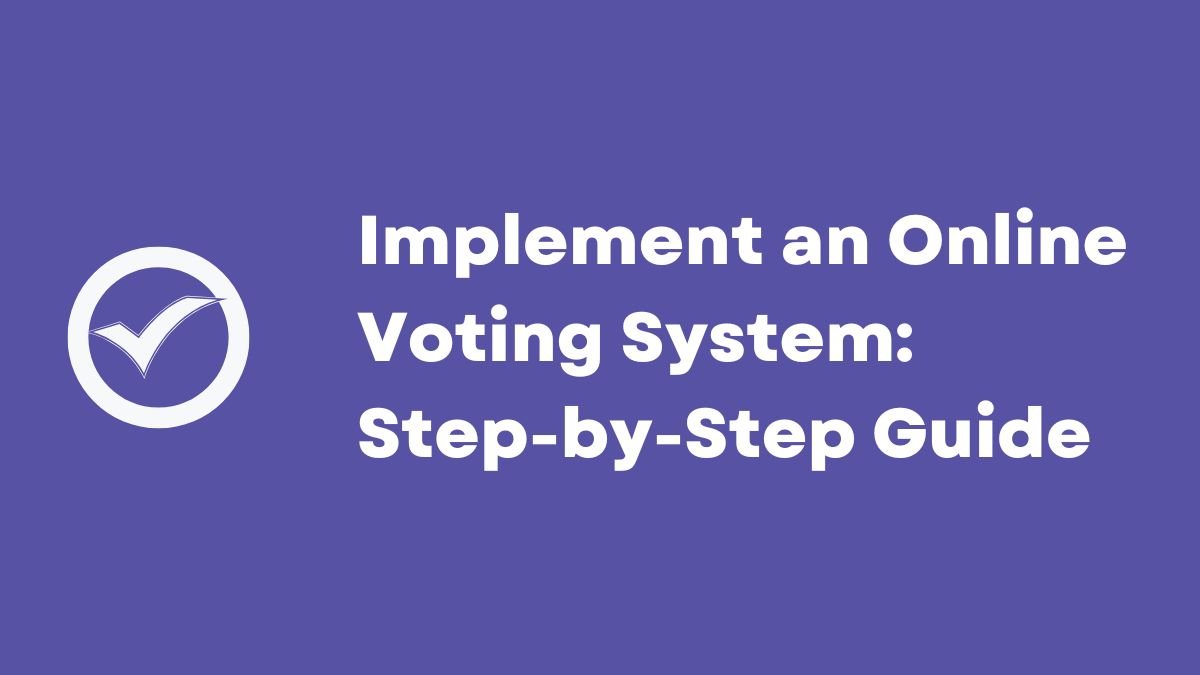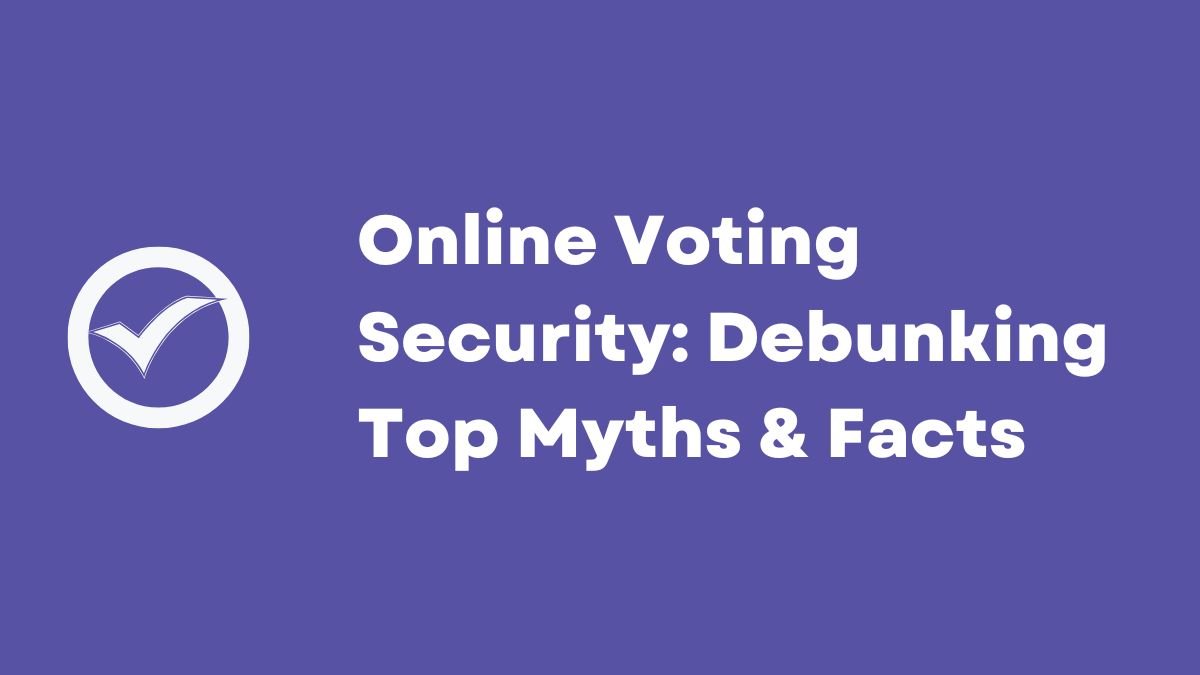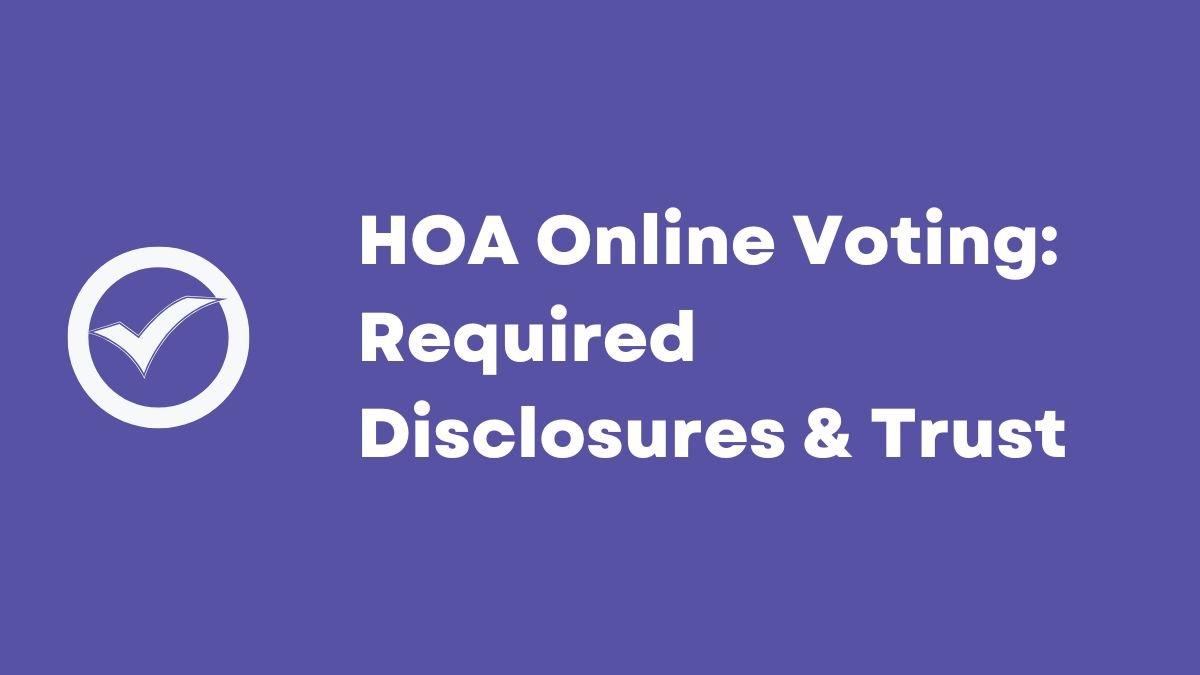Implement an Online Voting System – Step-by-Step Guide
Remember the days of endless paper ballots, manual counting, and the sheer logistical headache of organizing an election? For many organizations, the shift to online voting felt like a distant dream. But today, it’s not just a possibility – it’s a game-changer. If your organization is contemplating making the leap, you’re in the right place. We’re here to walk you through a practical roadmap for implementing an online voting system that’s smooth, secure, and truly transforms your election process.
And when it comes to making that transition effortless and secure, ElectionChamp is your dedicated partner.
Let’s dive in!
1. Getting Everyone on Board: Securing Stakeholder Buy-In
This is often the first, and arguably most crucial, step. You might be convinced about the benefits of online voting, but your board or leadership needs to be too. Think of yourself as the chief evangelist!
How to make your case:
- Highlight Efficiency & Cost Savings: Manual elections are resource-intensive. Online systems drastically reduce printing, mailing, venue, and personnel costs. For instance, many organizations report saving up to 70% on election-related expenses after switching to online platforms.
- Boost Participation: Online voting removes geographical barriers and offers unparalleled convenience. With ElectionChamp, voters can easily participate from anywhere with an internet connection. This often leads to significantly higher voter turnout, as members can cast their ballots anytime, anywhere, from any device. We’ve seen organizations report a 20-50% increase in participation after going digital.
- Enhance Accuracy & Transparency: Say goodbye to human error in counting. Online systems, like ElectionChamp, provide automated, auditable results instantly, increasing confidence in the election outcome and ensuring vote integrity.
- Showcase Success Stories: Research a few case studies of similar organizations that have successfully implemented online voting. Hearing how others benefited can be incredibly persuasive.
Prepare a concise presentation outlining these points, perhaps with a clear ROI projection. It’s about demonstrating value, not just advocating for new technology.
2. Choosing Your Digital Partner: Selecting the Right Platform
Once you have the green light, the next big decision is choosing the right online voting platform. This isn’t a one-size-fits-all situation, so consider your organization’s unique needs.
Key criteria to keep in mind (and how ElectionChamp excels):
- Security Certifications & Data Protection: This is paramount. Look for platforms with robust security measures, encryption, and compliance with relevant data protection regulations. ElectionChamp prioritizes the highest security standards, ensuring the secrecy of ballots and protecting your organizational data from double voting and fraud. Our robust security protocols provide peace of mind.
- Features that Matter: Do you need multiple voting methods (e.g., preferential, cumulative)? Does it support different election types (board elections, surveys, referendums)? Look for features like secure voter authentication, custom branding, and real-time results. ElectionChamp offers a comprehensive suite of features, including flexible ballot creation, customizable voting options, secure voter authentication with unique credentials, and real-time turnout monitoring.
- Ease of Use: Both for administrators and voters. A clunky interface will deter participation. Opt for intuitive designs and straightforward processes. ElectionChamp is designed with simplicity in mind, making it incredibly easy for administrators to set up elections in just a few clicks, and for voters to cast their ballots effortlessly from any web-enabled device.
- Customer Support: What kind of support do they offer? Is it responsive? Do they provide onboarding and training? Good support can be a lifesaver during your first few elections. At ElectionChamp, we pride ourselves on providing tailored, responsive customer support to ensure your election runs smoothly from start to finish.
- Cost & Scalability: Understand the pricing model clearly. Can the platform scale with your organization’s growth or fluctuating voter numbers? ElectionChamp offers flexible solutions to accommodate organizations of all sizes, ensuring you only pay for what you need.
Don’t just rely on marketing materials. Schedule demos with a few top contenders and, if possible, request free trials or pilot accounts to get a hands-on feel for the platform. You can start a free test election with ElectionChamp to experience its ease of use firsthand!
3. Reviewing Your Rulebook: Updating Bylaws and Election Rules
This is a critical, often overlooked, step. Before you can legally conduct an online election, you need to ensure your organization’s foundational documents allow for it.
- Check Existing Bylaws: Do your current bylaws or constitution specifically mandate paper ballots or in-person voting?
- Amend as Necessary: If they don’t permit online voting, you’ll need to formally amend them. This typically involves a vote by your members or board, following the established amendment process. (We’ll delve deeper into the specifics of amending bylaws in a future post!)
Addressing this upfront prevents potential legal challenges or disputes down the line.
4. Taking a Test Drive: The Pilot Election
You wouldn’t launch a new product without testing it, right? The same applies to your online voting system. A pilot test is invaluable for familiarizing your team and a subset of your members with the new process.
- Small-Scale Trial: Consider running a mock election for a non-critical vote, like a staff survey or a minor committee election. ElectionChamp allows you to conduct free test elections with a small number of participants to help you get acquainted with the system.
- Targeted Subset: Alternatively, select a smaller, perhaps more tech-savvy, group of members to participate in a simulated vote.
- Focus on Familiarization: This isn’t just about testing the tech; it’s about training your team, identifying potential user experience issues, and addressing questions before a high-stakes election.
This step helps you iron out kinks, refine your communication strategy, and build confidence within your organization.
5. Keeping Everyone Informed: Member Communication is Key
Transitioning to online voting requires clear, consistent, and proactive communication with your members. Don’t spring it on them!
- Early & Often: Inform members well in advance that future elections will be online.
- What to Expect: Clearly explain how the online voting process will work, from receiving their credentials to casting their vote. ElectionChamp simplifies this by providing intuitive voter interfaces and secure login processes.
- Provide Resources: Create easy-to-understand guides, FAQs, and video tutorials.
- Offer Support: Designate a point person or team for technical support. Consider hosting online Q&A sessions or webinars to address common concerns.
- Emphasize Benefits: Remind them of the convenience and accessibility benefits of voting with a platform like ElectionChamp.
Effective communication minimizes confusion and maximizes participation.
6. Election Day (and Beyond): Execution and Monitoring
With all the groundwork laid, it’s time for the main event!
- Setup Meticulously: Configure your election carefully using ElectionChamp’s intuitive online voting manager, double-checking all settings, candidate information, and ballot questions. You can even tell ElectionChamp’s AI to create ballots for you.
- Follow Best Practices: Ensure secure voter authentication, adhere to any specific election rules, and maintain data integrity. ElectionChamp automates vote counting and provides comprehensive audit trails, ensuring transparent and verifiable results. (We’ll cover detailed election execution best practices in another guide!)
- Monitor Actively: Keep an eye on voter turnout in real-time through your ElectionChamp dashboard and address any technical issues promptly.
- Ready Support: Have your support team available and ready to assist members who might encounter difficulties.
7. Learning and Improving: Post-Election Evaluation
The election might be over, but your work isn’t quite done. The post-election phase is crucial for continuous improvement.
- Gather Feedback: Send out a quick survey to members and your internal team. What worked well? What could be improved?
- Analyze Turnout: Compare online turnout with previous in-person or mail-in elections. ElectionChamp provides robust analytics and reporting to help you assess your election’s success.
- Address Issues: Document any challenges faced and develop solutions for the next election cycle.
- Celebrate Successes: Acknowledge the hard work and the positive impact of going digital!
Your Smooth Transition to Digital Democracy Awaits with ElectionChamp!
Implementing an online voting system might seem like a big undertaking, but with careful planning, clear communication, and the right platform, the transition can be surprisingly smooth and incredibly beneficial. ElectionChamp is specifically designed to simplify this process, offering secure, user-friendly solutions that empower organizations to embrace the future of elections with confidence.
Ready to move your elections into the 21st century? Visit electionchamp.com today to learn more and start your journey towards engaging, efficient, and secure digital voting. The future of democratic participation is closer than you think!





